Migration of People and Ideas
In the European Renaissance, a primary role was played by migratory movements, especially those of the intellectual élites. From Portugal to Poland, we can trace the movement of artists, architects and philosophers who journeyed from one end of Europe to the other. The Italian intellectuals, whether due to the absence of a strong national state or to the preeminence their culture had assumed in the Renaissance, were foremost in these movements, leaving works of the highest value in every part of Europe, as well as exporting artistic and literary currents and styles. This was not, of course, a univocal phenomenon, and the various artworks (and artistic currents) assumed different and specific modes of expressions in the different countries. At the same time, these migratory phenomena helped to circulate ideas throughout the continent, and thus to form a European culture that, for all its diversity, is in fact unitary. In the stages of these different geographic itineraries, we can clearly see the interweaving of cultures through the material transferral of artworks, books and people, which has contributed to building Europe. And in the 21st century we can reflect on the cross-bred, interwoven origins of our continent, with the aim of promoting new intellectual migrations and confrontations that can enrich and develop European culture, and above all the awareness of our common European citizenship.
Related itineraries
![]() Following Machiavelli’s footsteps
Following Machiavelli’s footsteps
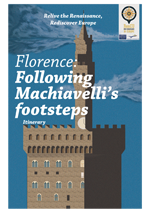
In the Florentine itinerary following in the footsteps of Machiavelli, we can trace the movement of ideas in the Renaissance through the Serristori papers at the Istituto Nazionale di Studi sul Rinascimento (National Institute for Renaissance Studies), which contains a great number of Machiavelli's texts printed in different parts of Europe and translated not only into Latin but also into such European languages as French, English and Spanish. These texts are in fact the material means through which ideas travel, as well as the most tangible evidence of their journeying. The presence of Juan Lorenzo Ottevanti's translation into Spanish of the "Discorsi", for instance, provides a concrete example of the traveling from Florence to Spain of a man, Ottevanti, of merchandise - a book - and of political ideas.
![]() The Alhambra and Granada Caroline: the dream of Emperor
The Alhambra and Granada Caroline: the dream of Emperor
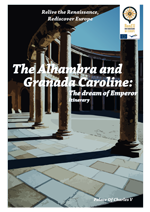
The Alhambra as a whole is a material testimonial to the migration of people and ideas during the Renaissance. In the apartments of Charles V we find ceilings painted by Julio Aquiles and Alejandro Mayner, who had been pupils of Raphael and Giovanni da Udine. The gardens of the Alhambra were instead admired by Andrea Navaggero, the Venetian ambassador to the court of Charles V. But most of all, it was the Fountain of Charles V, designed by the Italianized architect Pedro Machuca and built mainly by the Genoese Niccolò da Corte, that offered proof of the ongoing interexchange between Italy and Spain characteristic of the Renaissance in Granada.
![]() Monastery of Serra do Pilar: a window on Europe
Monastery of Serra do Pilar: a window on Europe
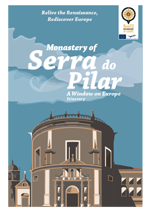
Since the time of its foundation, the Monastery of Serra do Pilar has borne witness to the migration of men and ideas over the European territory. Although the name of the architect who designed the monastery is unknown, much documentary proof tends to attribute the project to the Portuguese Diogo de Castilho and the Frenchman Jean de Rouen. The Monastery also represents an original translation of the architectural work of Francesco di Giorgio Martini.
![]() Renaissance route in Malopolska
Renaissance route in Malopolska
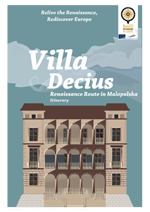
The itinerary devoted to Decjusz and the Malopolska region in Poland shows how important the migration of men and ideas was in Eastern Europe as well. Justus Decjusz, a German who had settled in Poland, was in close contact with Erasmus of Rotterdam. Furthermore, the King of Poland had married the Italian noblewoman Bona Sforza, who had attracted a great many artists and architects from her native land, such as Bartolomeo Berrecci and Gaspare Castiglione, who left major works.
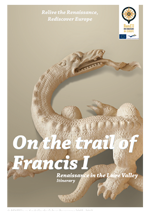
France at the time of Francis I was swept up in the current of the Renaissance, especially thanks to the endeavors of the king, who played an essential role in the migration of men, ideas and artworks toward his country. He attracted, in fact, many of the most famous artists of the Italian Renaissance, among them Leonardo da Vinci, Andrea del Sarto and Benvenuto Cellini. The style of the Chateau de Chambord, one of the most important chateaux in the Loire Valley, was probably influenced by both Leonardo da Vinci and Domenico Bernabei da Cortona; to the latter is attributed, although with some uncertainty, a wooden model of the castle documented since the 18th century.